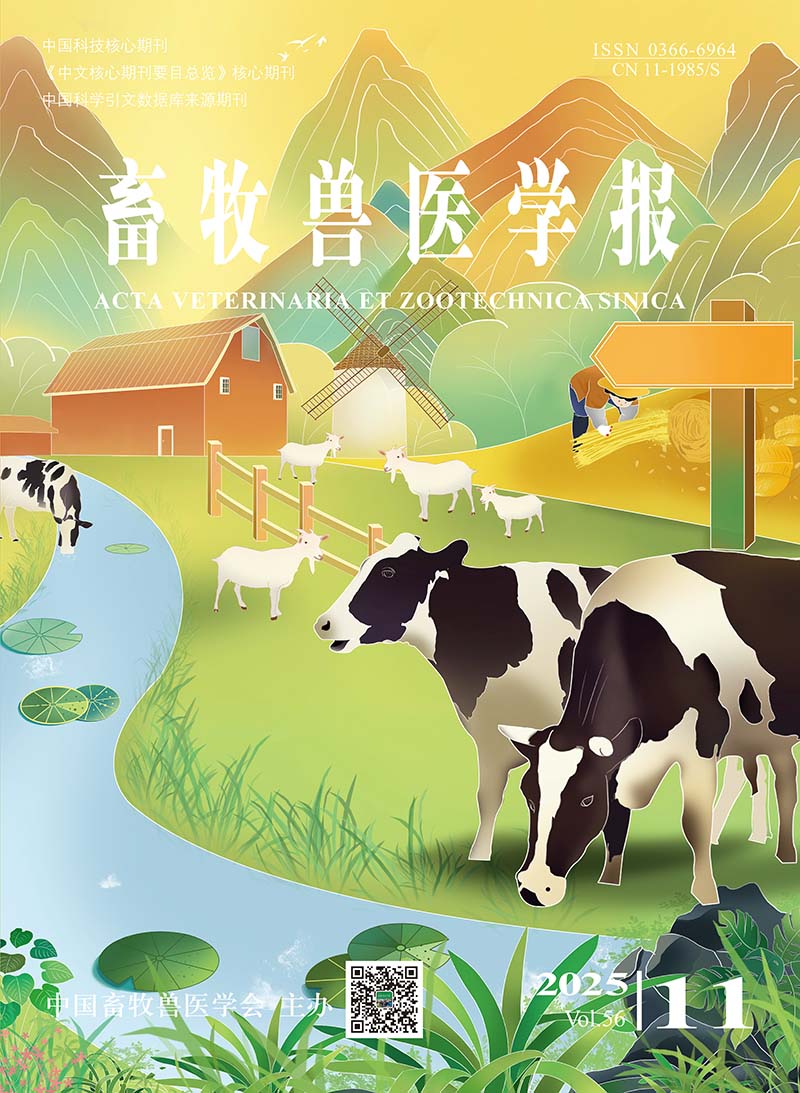This experiment was conducted to investigate changes of the major mineral contents and distributions in Dorper×Small Tail Han sheep crossbred F1 male lambs from 20 to 35 kg live weight under ad libitum feeding. Twenty one lambs were randomly assigned to three groups with 7 sheep each and fed with the same diet, the three groups were slaughtered at their average body weight of 20, 28 and 35 kg, respectively, and mineral contents in different tissues were measured. The results showed that the carcass, muscle, leather, viscera and wool weight increased significantly with the slaughter body weight(SBW) gain(P<0.05). The bone weight of 20 kg group was significantly lower than that of 28 and 35 kg groups but significant difference was not observed between 28 and 35 kg groups,the fat growth was on the contrary with that of bone, the fat weight of 35 kg group was higher than that of 28 and 20 kg groups(P<0.05); the calcium, phosphorus and magnesium contents in bone of 35 kg group was significantly higher than that of the other two groups, however, the phosphorus, sodium, potassium and magnesium contents in muscle of 20 kg group were the highest in the three groups. Minerals in leather and viscera also increased inordinately with the SBW gain. The result also indicated that bone was the main storage tissue for calcium, phosphorus, sodium and magnesium, accounting for 98.5%, 82.3%, 41.5% and 69.8% of the total contents in body, while potassium was mainly stored in muscle, accounting for 50.1% of the total in body. The results indicate that in the stage of 20~35 kg of lambs, the tissue of bone grow fast before 28 kg but slow down lately, on the contrary, the tissue of fat grow in a low rate before 28 kg but speed up after that, the growth rate of muscle, leather and viscera are nearly maintaining at the same stage. The research also shows that minerals content in muscle goes down with the body weight increase, but it presents the opposite trends in other tissues (bone, viscera, leather, fat and wool).






